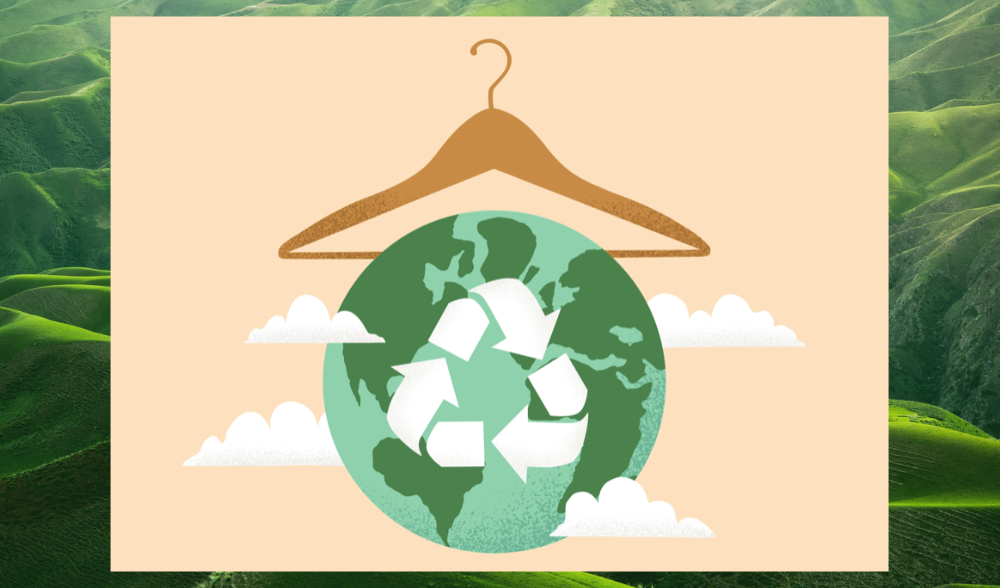KAYA RODRIGUES WRITES – In February, I wrote an article about 4Ocean, a Public Benefit Corporation and Certified Corp dedicated to solving the oceanic crisis of global plastic pollution by creating jewelry from recycled plastic. Today, as I gear up to begin my career in retail jewelry with a brand similarly committed to sustainability and social change, I’m revisiting the topic of sustainable fashion—not, coincidentally, just days after Planet Earth reached its two hottest days on record consecutively.
So, is disaster looming on the horizon?
Not if we heed the example set by the small but mighty island country of Singapore, a world leader in sustainability. Singapore has a long history of tireless work on green economic initiatives. For example, it has partnered with giants like the United Kingdom to reduce net-emissions to zero by 2050. But reducing its carbon footprint is not the only approach Singapore is taking—it’s also turning to the planet-saving trend of sustainable fashion, which encourages thrift shopping as well as the consumption of ethically and environmentally friendly brands.
Unfortunately, though, global attitudes to sustainable fashion are not short on skepticism due to realities such as “greenwashing”– a term used to describe misleading marketing ploys tied to sustainability. For example, typically large companies showcase one major product or material that addresses environmental issues but fail to make substantive changes to their operations. Singapore meets this challenge head-on with its Sustainable Apparel Coalition, which hosts meetings to standardize expectations for sustainable apparel. The message is clear: in sustainable fashion, Singapore means business.
What’s more, it’s not just large professional coalitions that are stepping up to this challenge. For example, an app called Smthgood, based in Singapore, positions itself as a way for shoppers to access ethical Asia-Pacific apparel brands on mobile devices. In addition, members of the millennial and subsequent generations are starting their own thrift stores – just take a look at Vintagewknd, one that began as a hobby for a couple in their thirties, or any of the other thrift stores started by college-students or twenty-somethings looking to meet like-minded people who want to make a difference in the world.
In addition, Singapore’s achievements in sustainable fashion should settle some scores with a skeptical worldwide public that ridicules the concept as expensive and inaccessible. Thrift stores have continually proven to be low-cost operations, and if young students are able to start businesses that fuel change in the fashion industry, large corporations can certainly allocate their resources and time to do so as well. What’s more, skepticism related to greenwashing is diminishing as passionate Singaporean business owners and employees take the initiative to upcycle and recycle materials that are truly sustainable.
If other parts of the world were to follow the example of Singapore, significantly less harm might be done to Planet Earth, and sustainable fashion could sustain a better future for us all.

